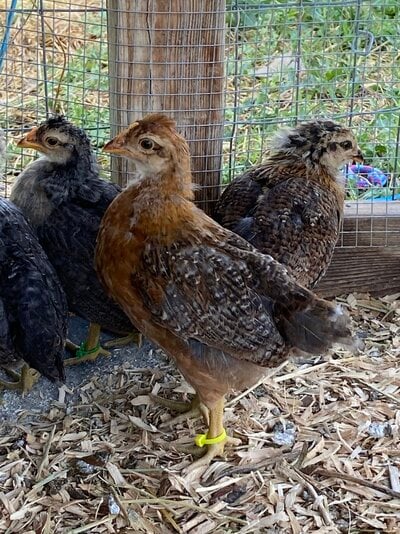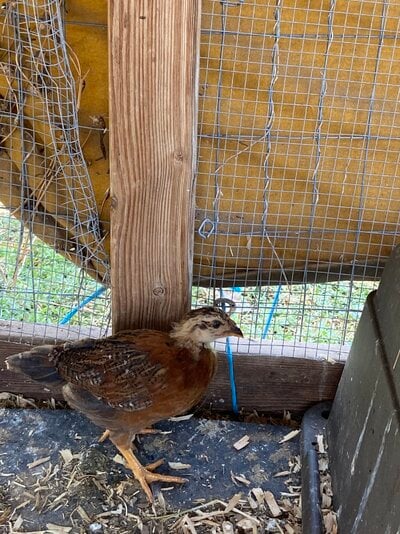Can someone explain to me what “pullet coloring” is? Particularly in Easter Eggers or partridge colored birds. I think it has to do with the chest, body, and hackle colors. I’m just not sure what combination of those means, likely, a pullet.
I know roosters, depending on color, get dark shoulders. That’s something I watch for during grow out.
My latest group of chicks are 4 weeks old. They came from Hoover’s Hatchery. There was a mix up and best I can figure they’re Easter Eggers or other colored layers. Supposed pullets but I’m already suspecting a few Roos. They’ll all be grown out to 20 weeks regardless.
7 of the 10 are partridge type coloring. The first 2 pictures are the same bird. They other 2 pictures are different birds. Together they represent a sample of the 7 partridge birds.
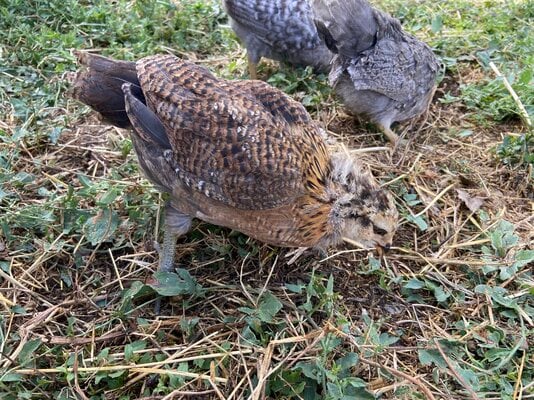
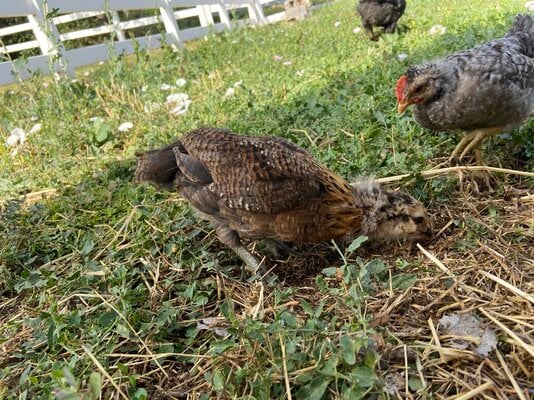
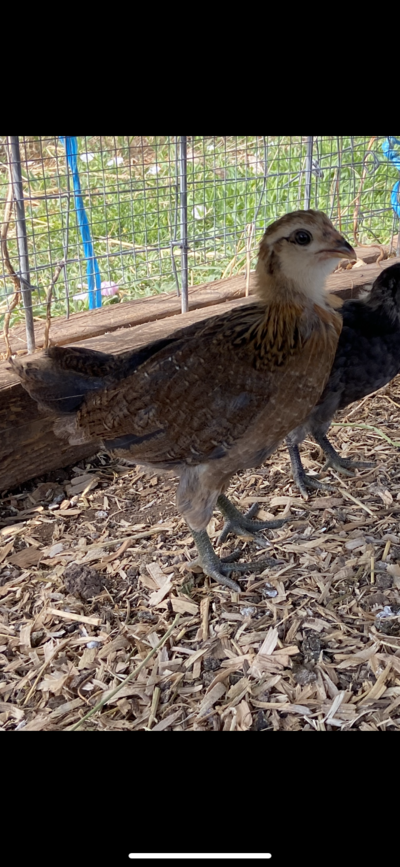
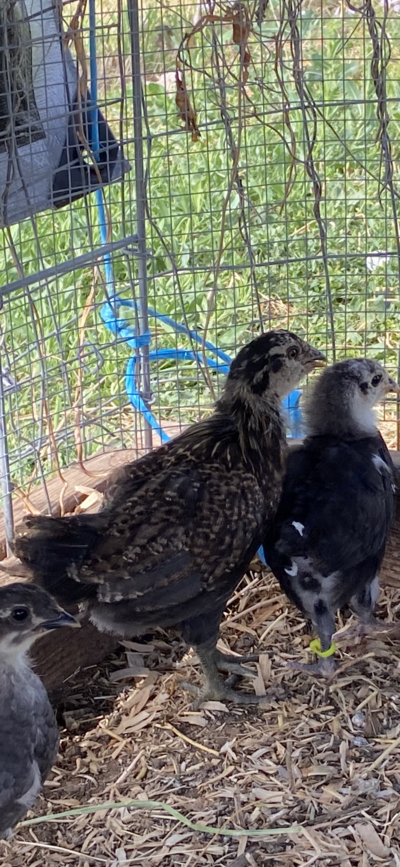
I know roosters, depending on color, get dark shoulders. That’s something I watch for during grow out.
My latest group of chicks are 4 weeks old. They came from Hoover’s Hatchery. There was a mix up and best I can figure they’re Easter Eggers or other colored layers. Supposed pullets but I’m already suspecting a few Roos. They’ll all be grown out to 20 weeks regardless.
7 of the 10 are partridge type coloring. The first 2 pictures are the same bird. They other 2 pictures are different birds. Together they represent a sample of the 7 partridge birds.








